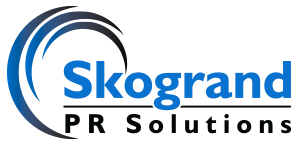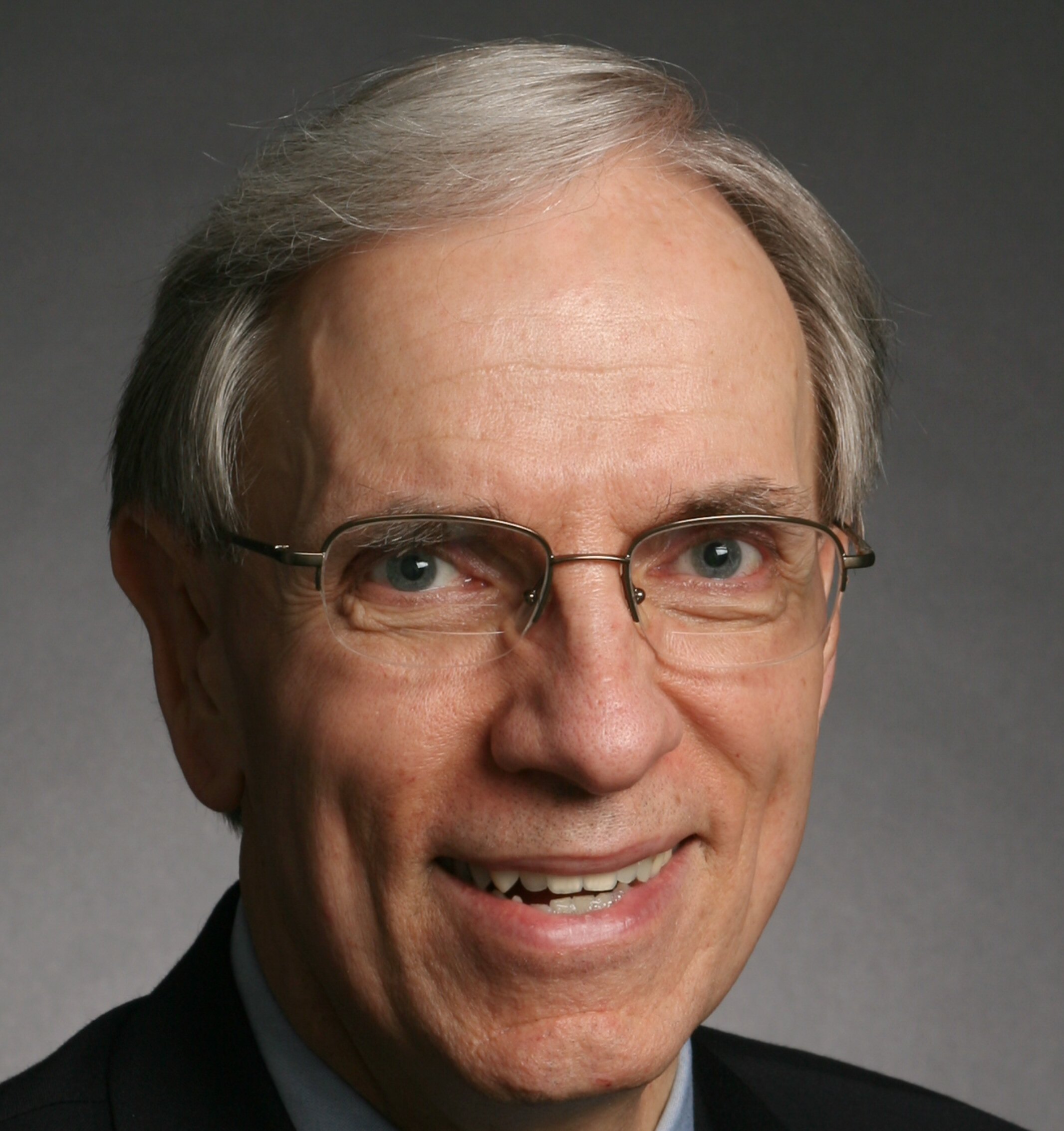Editor’s note: This post originally ran on Minnesota Public Relations Blog on June 19, 2012.
David Kostik, APR, received the Donald G. Padilla Distinguished Practitioner Award at this year’s Minnesota PRSA Classics Awards. He also is the president of Kostik Associates, Inc.
1. What role has PRSA had in your career?
It is probably difficult for most PRSA members today to understand fully what I mean when I say that PRSA has been my primary source of professional development in public relations. I never took a single college course on public relations. I don’t remember the term “public relations” ever being spoken while I earned my undergraduate degree and completed a year of graduate study in journalism. I learned public relations on the job.
I used my involvement in PRSA to build a foundation for my career. PRSA grounded me in the theory and application of public relations principles through formal professional development opportunities and my preparation for the Accreditation process. Through PRSA I came to appreciate public relations as a profession, not just a collection of activities.
I also view my involvement in PRSA as a “leadership academy.” Being a member of and leading PRSA committees and serving on the Chapter Board gave me an opportunity to develop and hone my leadership skills – leadership skills that have served me well as a professional on-the-job and in the community.
While all of these foundation elements have played a very important role in my career, I value most highly the close relationships I’ve built with my PRSA colleagues. They have taught me, supported me, occasionally listened to me, and often have laughed with me. They have helped me grow as a professional, and helped me navigate difficult public relations challenges.
2. What are some of the key lessons that you have learned in your career?
It’s all about the “relations” in public relations. We focus a great deal of energy on learning various technical skills, and probably not enough time mastering the art of developing and nurturing relationships.
Nature hates a vacuum. When people don’t have enough information about an important topic, they will use their imagination to fill the gap. Too often organizations wait until they have all the details before they communicate, but then it’s usually too late.
You’ll probably never be able to talk about the best crisis plan you ever implement. The best story you’ll never tell will be about the crisis that never happened because you and your team anticipated a dangerous situation and convinced management to act promptly. You probably won’t be able to enter this situation into Silver Anvil competition, but you’ll know you deserve an award.
The worst thing they can do is fire me. I firmly believe I became a much more effective public relations professional once I learned I could survive being out of a job for an extended period. From that point on I could put my commitment to professionalism ahead of my need to protect my job. I have been free to offer advice and counsel with no strings attached.
3. How did you get involved in YouthLink? What would you like readers to know about the organization?
One of the reasons I started my consulting business five years ago was to have the ability to invest my time and professional abilities in organizations that reflect my values. As a result, I spend most of my time working with nonprofit organizations. I’ve learned that new business for me often comes in ways that I don’t expect.
My work on a project for one nonprofit client brought me into contact with a group of nonprofit agencies that serve youth who are homeless or at risk of homelessness. Through this project I got to know the executive director of YouthLink, who subsequently invited me to carry out some project work for YouthLink. This relationship turned into an 18-month contract in which I provided leadership for the agency’s public relations and fundraising program, and helped YouthLink design and staff the internal department.
During the time I had the opportunity to work with YouthLink I had the privilege of getting to know a number of youth who were homeless at the time, and working closely with the talented and dedicated professionals on the YouthLink staff. This experience shattered any preconceived notions I had about young people who are experiencing homelessness. The young people I met are very much like every other young person – they are filled with hope for their future. The difference is most of these young people are carrying a heavy burden of trauma-filled life and as a result they face many barriers. YouthLink responds to the basic needs these youth have and offers a responsive community where they can choose to take positive steps in their lives toward self-sufficiency. They can find the support they need to cross those barriers.
4. What advice would you give to new public relations practitioners?
I often visit with new practitioners, and I’m always happy to do so. So, I’ve had a lot of practice offering advice. I’ll keep this shorter. I think every public relations practitioner – particularly new practitioners – should get their hands on the book “Endless Referrals” by Bob Burg (www.burg.com). It provides a very practical guide to building and using a professional (and personal) network. They certainly didn’t teach this when I was in college, and I don’t know if they do today. It’s a tool I wish I had had when I was entering the profession.

